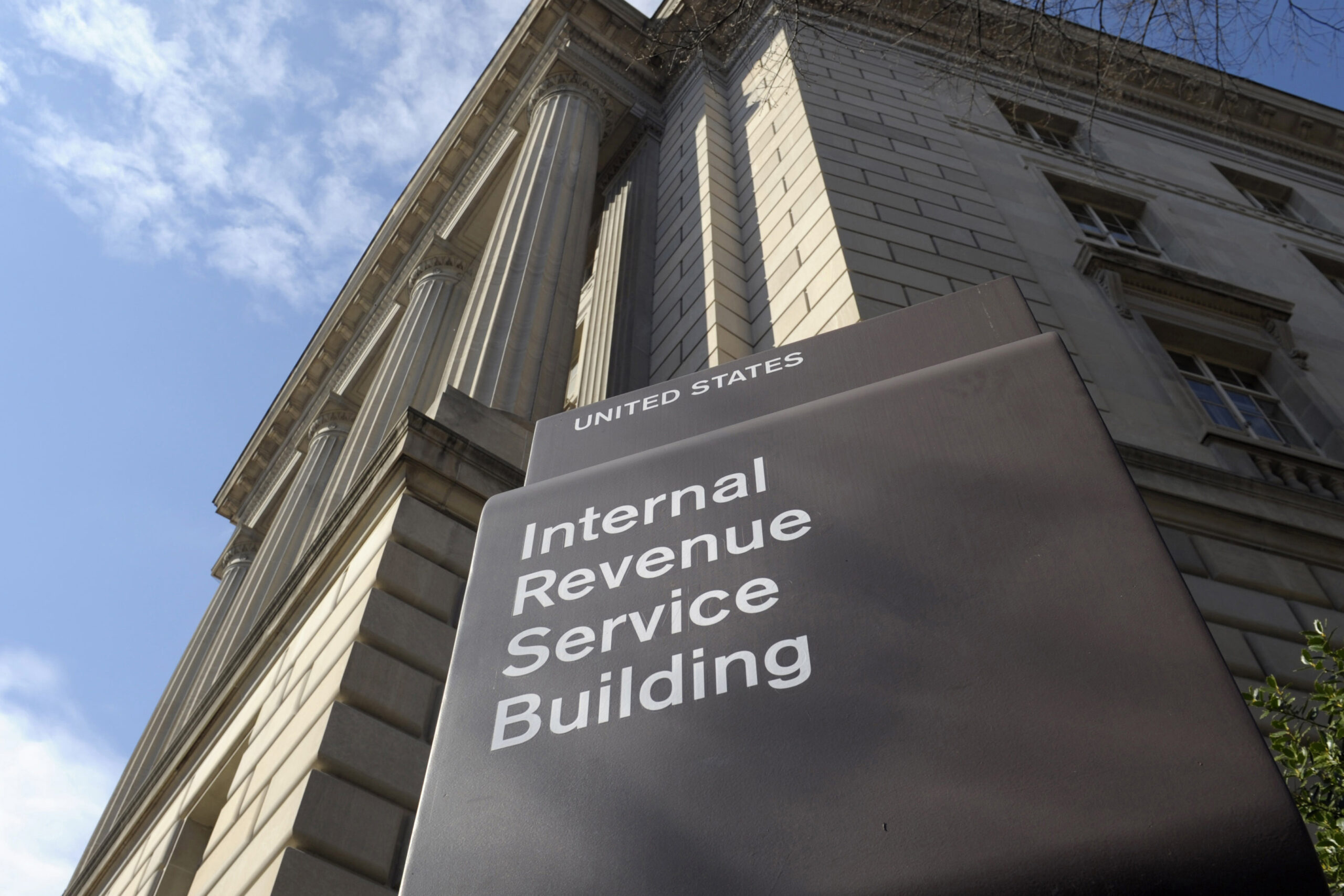EEOC issues guidance on worker criminal background checks
By: KIMBERLY ATKINS, BridgeTower Media Newswires//May 7, 2012//
EEOC issues guidance on worker criminal background checks
By: KIMBERLY ATKINS, BridgeTower Media Newswires//May 7, 2012//
The Equal Employment Opportunity Commission has issued updated guidance on employers’ use of criminal background checks in making employment decisions.
According to EEOC officials, the new guidance, the first since the passage of the Civil Rights Act of 1991, which codified Title VII disparate impact analysis, was designed to take into account how changes in technology have made criminal history information much more accessible to employers.
It was also issued in response to a 3rd Circuit ruling suggesting that the EEOC should provide in-depth legal analysis and updated research on this issue.
“The new guidance clarifies and updates the EEOC’s longstanding policy concerning the use of arrest and conviction records in employment, which will assist job seekers, employees, employers and many other agency stakeholders,” said EEOC Chair Jacqueline Berrien in a statement.
Title VII does not prohibit an employer from requiring applicants or employees to provide information about arrests, convictions or incarceration, but it is unlawful to discriminate in employment based on race, color, national origin, religion or sex.
Before issuing the first new guidance on the issue, the Commission held public meetings on the subject in 2008 and 2011. EEOC officials say the guidance is predicated on, and supported by, “federal court precedent concerning the application of Title VII to employers’ consideration of a job applicant or employee’s criminal history and incorporates judicial decisions issued since passage of the Civil Rights Act of 1991,” according to a statement announcing it.
The guidance also updates relevant data on the use of criminal background data, consolidates previous EEOC policy statements on this issue into a single document, and provides common employment scenarios to illustrate how Title VII applies to various potential employment situations.
The EEOC also issued a Q&A document which, like the guidance, is available on its website at www.eeoc.gov.
Legal News
- Waukesha man sentenced to 30 years for Sex Trafficking
- 12-year-old shot in Milwaukee Wednesday with ‘serious injuries’
- Milwaukee man convicted of laundering proceeds of business email compromise fraud schemes
- Giuliani, Meadows among 18 indicted in Arizona fake electors case
- Some State Bar diversity participants walk away from program
- Wisconsin court issues arrest warrant ‘in error’ for Minocqua Brewing owner
- Iranian nationals charged cyber campaign targeting U.S. Companies
- Facing mostly white juries, are Milwaukee County defendants of color truly judged by their peers?
- Milwaukee Mayor speaks in D.C. Tuesday at White House water summit
- Chicago man sentenced to prison after being caught with ‘Trump Gun’
- FTC bans non-competes
- Gov. Evers seeks applicants for Dane County Circuit Court
WLJ People
- Power 30 Personal Injury Attorneys – Russell Nicolet
- Power 30 Personal Injury Attorneys – Benjamin Nicolet
- Power 30 Personal Injury Attorneys – Dustin T. Woehl
- Power 30 Personal Injury Attorneys – Katherine Metzger
- Power 30 Personal Injury Attorneys – Joseph Ryan
- Power 30 Personal Injury Attorneys – James M. Ryan
- Power 30 Personal Injury Attorneys – Dana Wachs
- Power 30 Personal Injury Attorneys – Mark L. Thomsen
- Power 30 Personal Injury Attorneys – Matthew Lein
- Power 30 Personal Injury Attorneys – Jeffrey A. Pitman
- Power 30 Personal Injury Attorneys – William Pemberton
- Power 30 Personal Injury Attorneys – Howard S. Sicula











